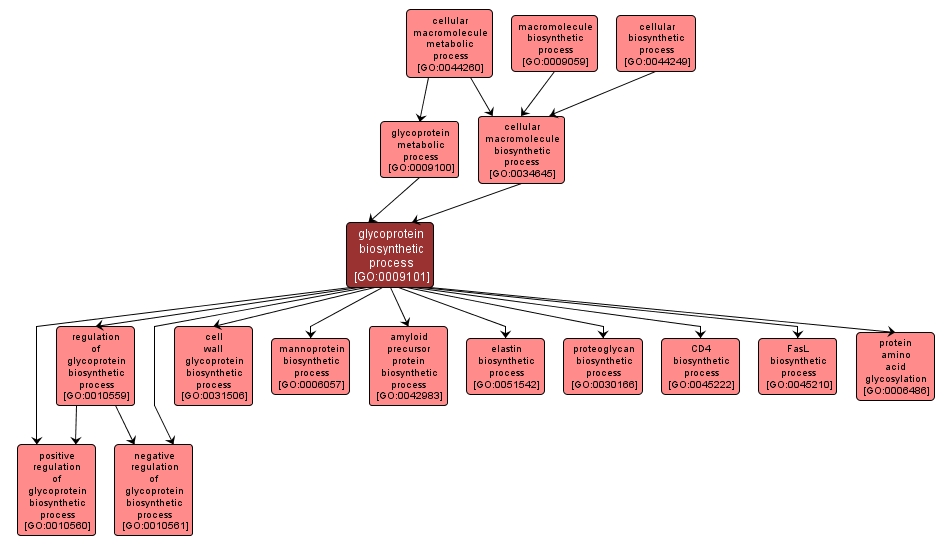| Desc: |
The chemical reactions and pathways resulting in the formation of glycoproteins, any protein that contains covalently bound glycose (i.e. monosaccharide) residues other than as a moiety of nucleic acid; the glycose occurs most commonly as oligosaccharide or fairly small polysaccharide but occasionally as monosaccharide. |














